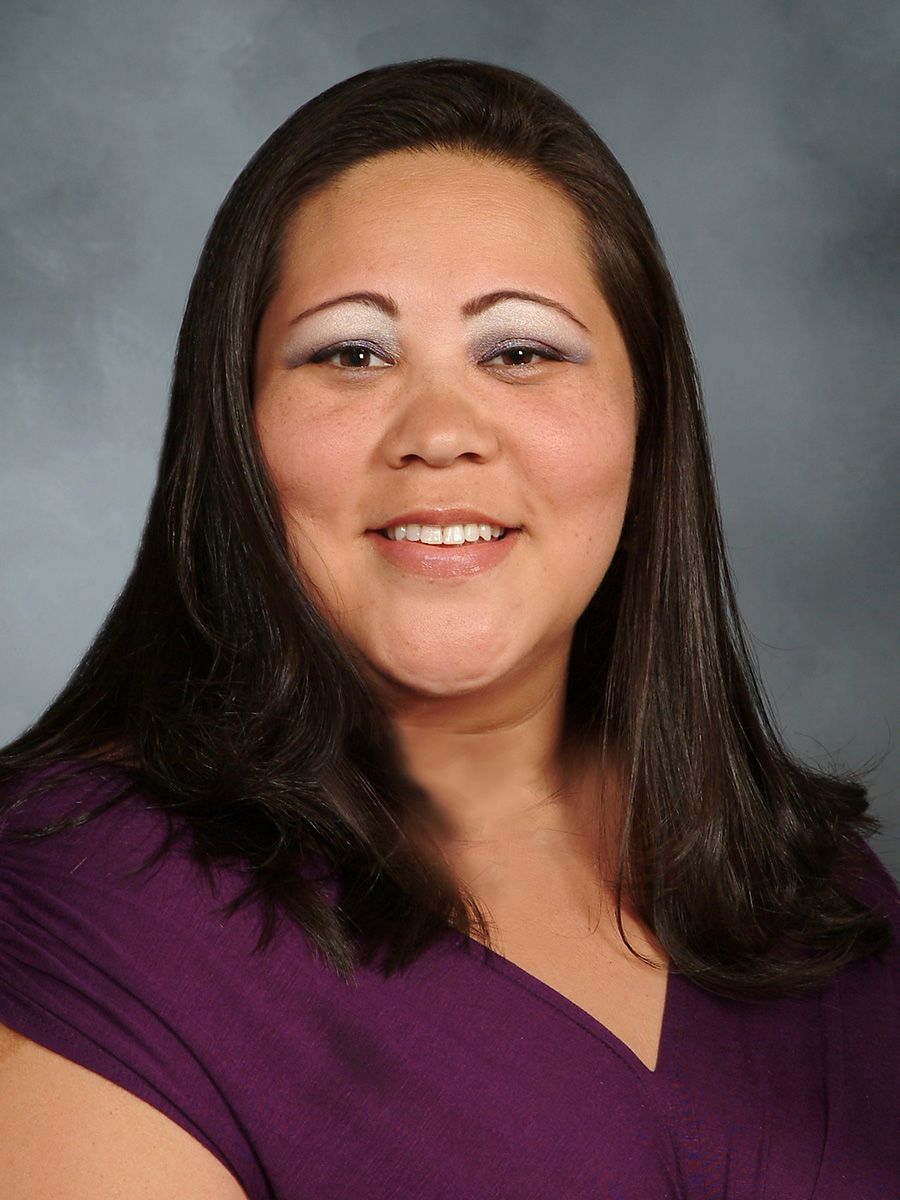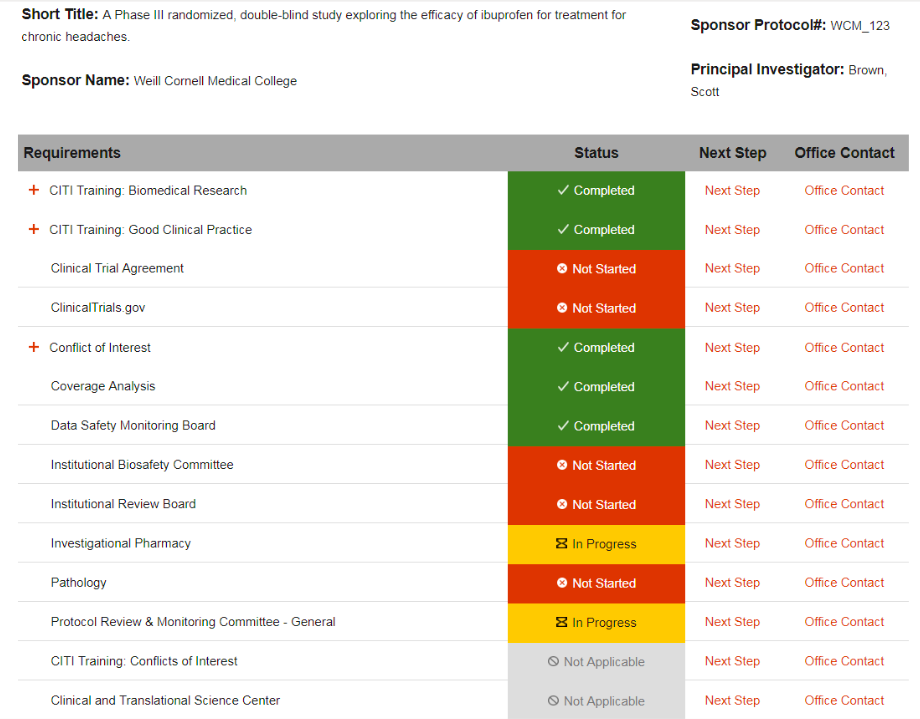If you are a researcher at Weill Cornell Medicine, chances are you’ve interacted with the Weill Research Gateway (WRG), a centralized platform for research administration at the College. Meet Vanessa Blau, the Associate Director of Research Administrative Computing, who took seventeen disparate systems and integrated them into what we now know as WRG.

I run Research Administration Computing (RAC). We do all of the implementations, optimizations, enhancements, and maintenance for all of the research administrative tools the college uses.
Everything from Grants Administration - the process of creating the proposal, getting it to the government or the foundation, negotiating contracts, bringing in the awards, making sure all the research is compliant with the IRB or the IACUC (Institutional Animal Care and Use Committee), conflicts of interest, and clinical trials - anything related to the research administration processes.
I was with Research Administration, which was not a part of ITS. Research Administrative Computing started when I got here.
Yes.
In June 2005 I started in Research Administration. When I was in that group they needed to start clinical trial software, and they were essentially building it from scratch with our EHR vendor before Epic. I went into the PO to help build that system, but when we decided to move all the practice management stuff into Epic the project got cancelled. When that project got shelved, Curt brought me into ITS to start a new clinical trials management system, and once that was on its way, we brought all of the other research administration systems into the same group, which is how RAC was born.
So, we started off with about 17 disparate systems when we first started in RAC. We have this cute little graphic [points to poster on wall illustrating the 17 systems] That’s the beginning!

And I changed it into a venn diagram so it’s on the computer. It has evolved. Ultimately, we were trying to condense it so that rather than have best of breed of each system, we have one integrated system, which is WRG.

Watching the processes and people and college overall evolve.
When we first started RAC there were only 3 of us, now the team is 14, so just the team alone and the systems we support have grown immensely. The grants portfolio has increased the amount of efficiencies that the researchers have found in using systems rather than paper in some cases, and using better systems. We’ve homegrown a couple of applications – like ORB (Online Research Binder) and SASP (Study Activation Status Page). It has made the researchers quite happy to see that we can take their thoughts and create a system for them.
SASP stands for Study Activation Status Page. It’s in WRG, and is part of the clinical research workflow. As you’re building your IRB protocol, all the way to OnCore for clinical trials, it’s a transparency into the process of what’s still due and what’s in progress. Basically, researchers can see the things that are finished and the things that aren’t. Because there could be up to 25 things they have to do to get a study activated, and start treating patients.

SASP lets researchers view the status of all the elements of their study activations.
There are so many, it’s hard to choose... Rather than picking one or rattling off a list, I’ll say that I’m amazed by the women with whom I have the privilege of working, both in our department and around the college. There are so many that I admire and learn from every day.
I’m also a huge fan of Broadway, which is obvious to anyone who knows me — I’m highly impressed by talent — especially when I don’t have it myself. Everything from women performing, singing, dancing to inventors, scientists, athletes, and mothers!